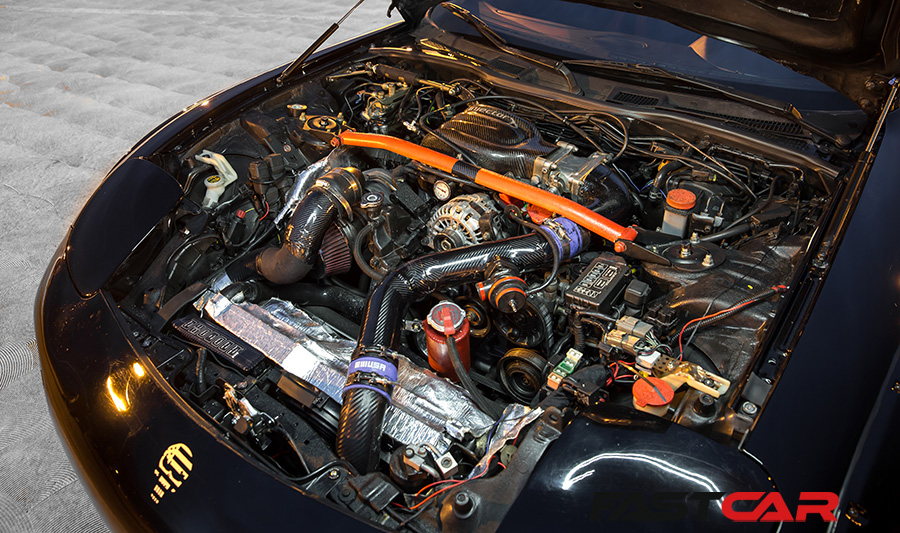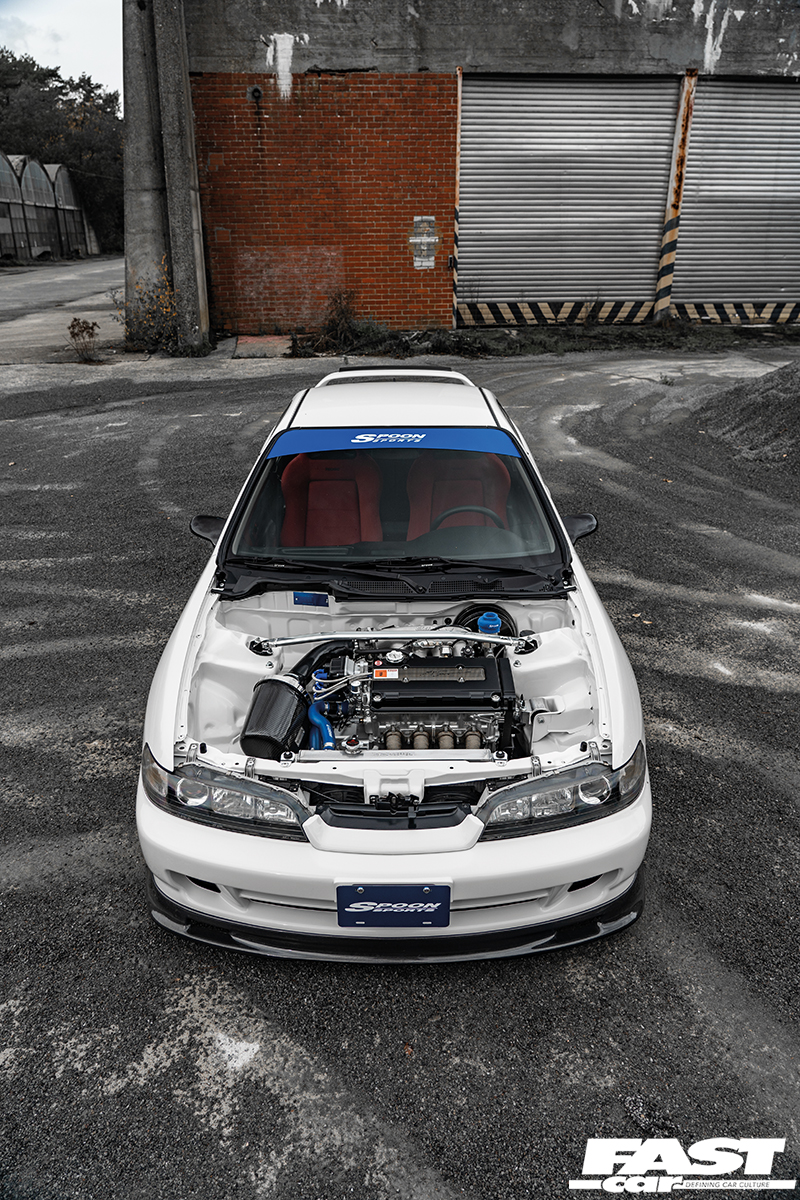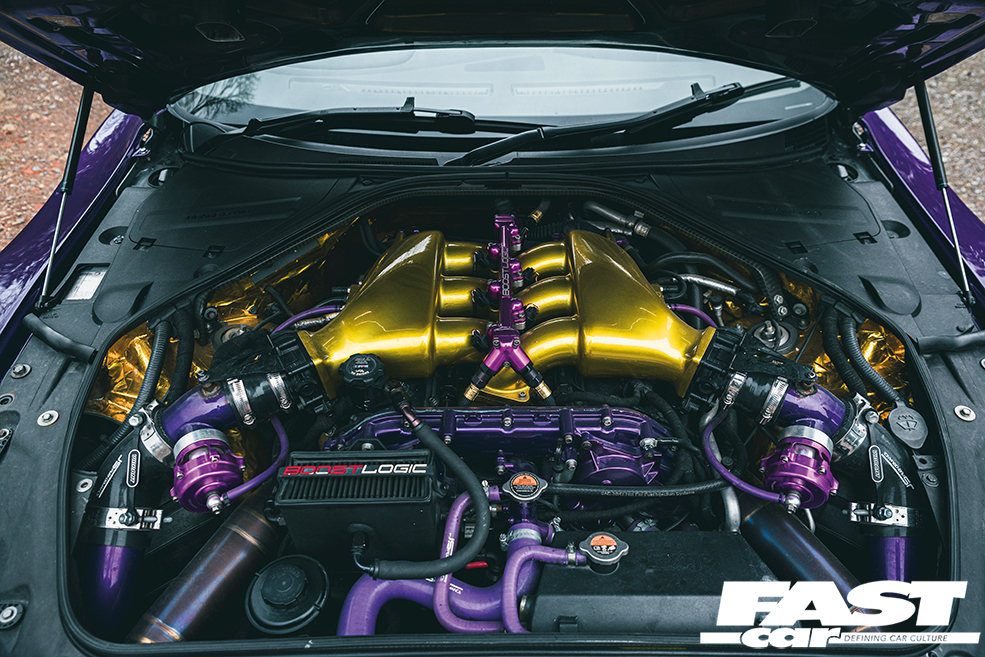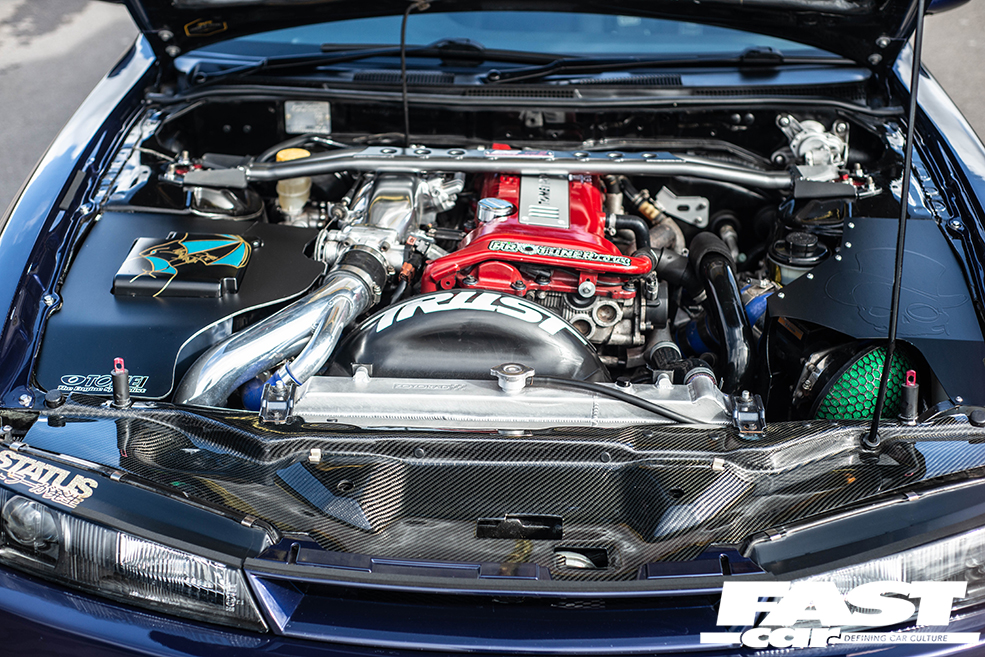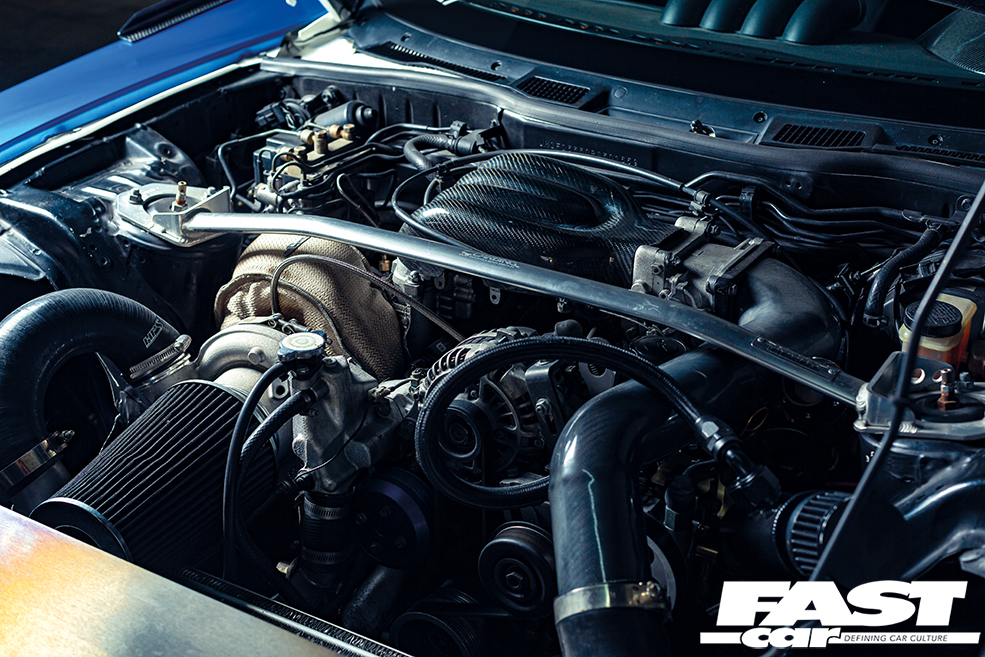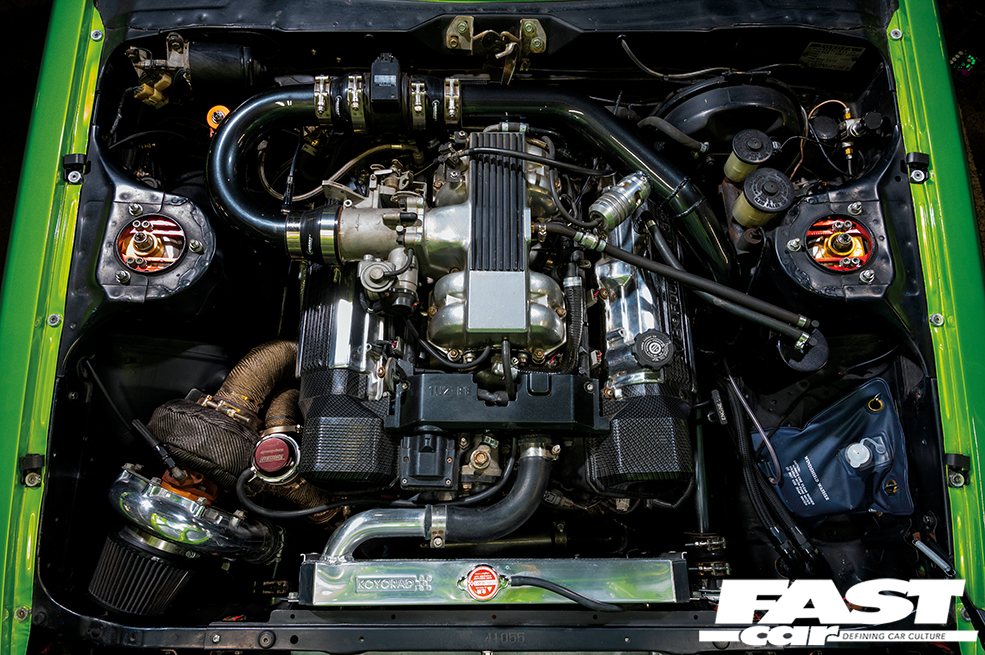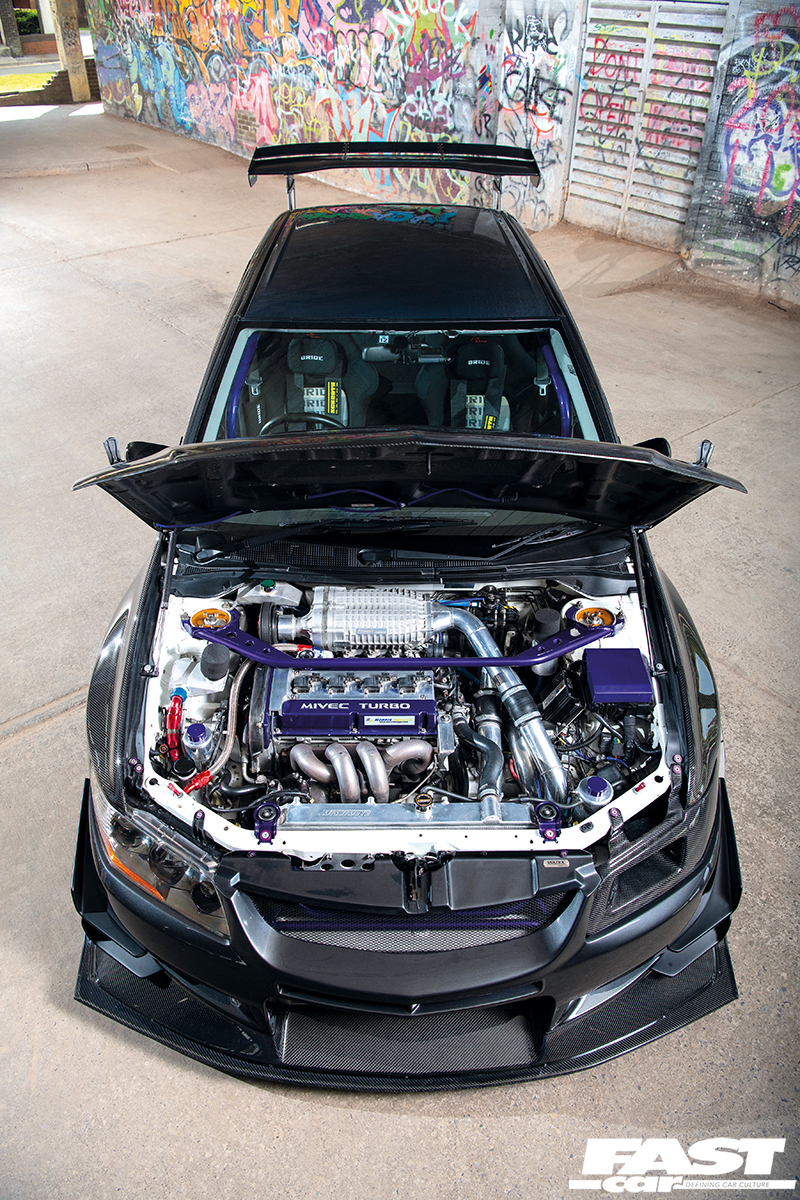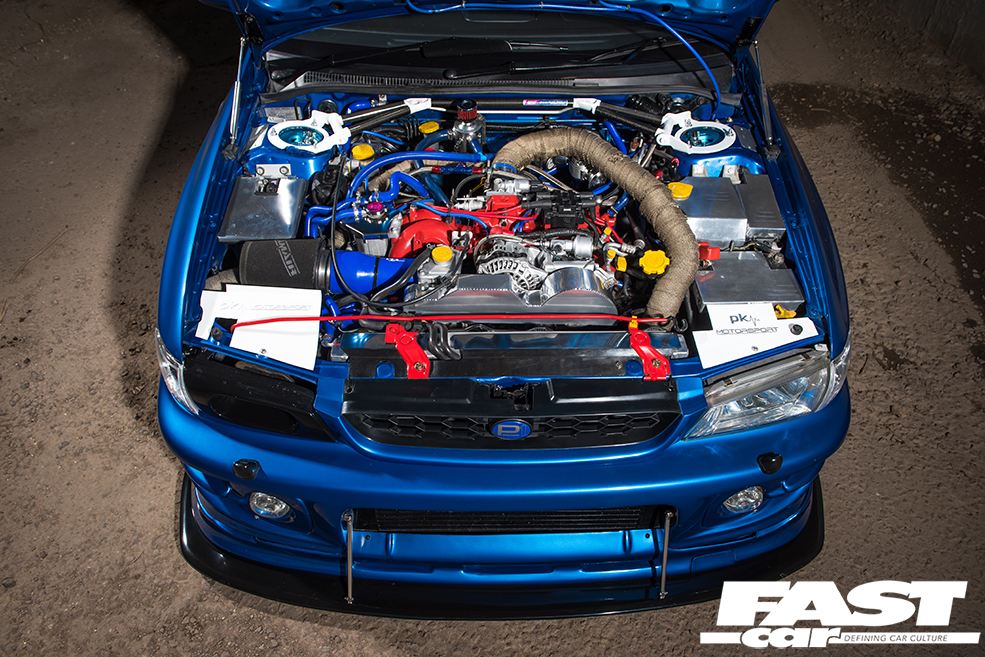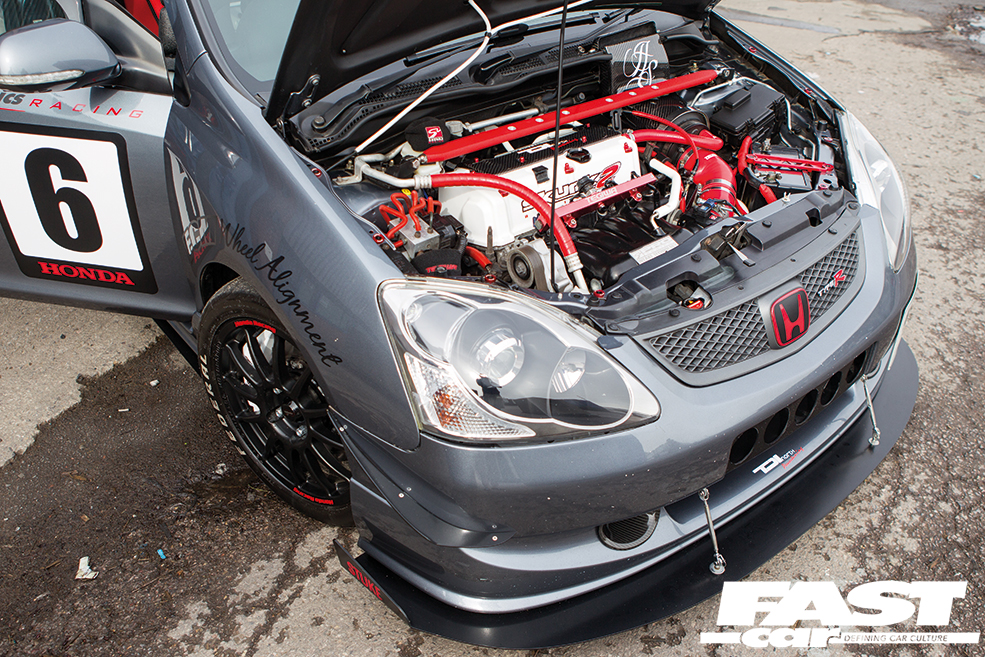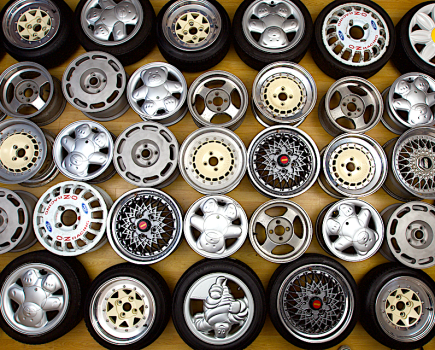Japan has played host to some of the world’s most tunable engines by combining clever tech with strong engine internals. Here’s our list of the 10 best Japanese engines to tune.
It’s safe to say that in the car tuning scene a lot of engines are more famous than the cars. In fact, some cars are only famous thanks to their engines. But the reason for this is simple, the engines have huge tuning potential. In all honesty, most of the engines aren’t amazing performers when standard. But it’s the highly tuned ones that bring the fame. This 10 best Japanese engines to tune feature is all about these motors, and how to realize their potential…
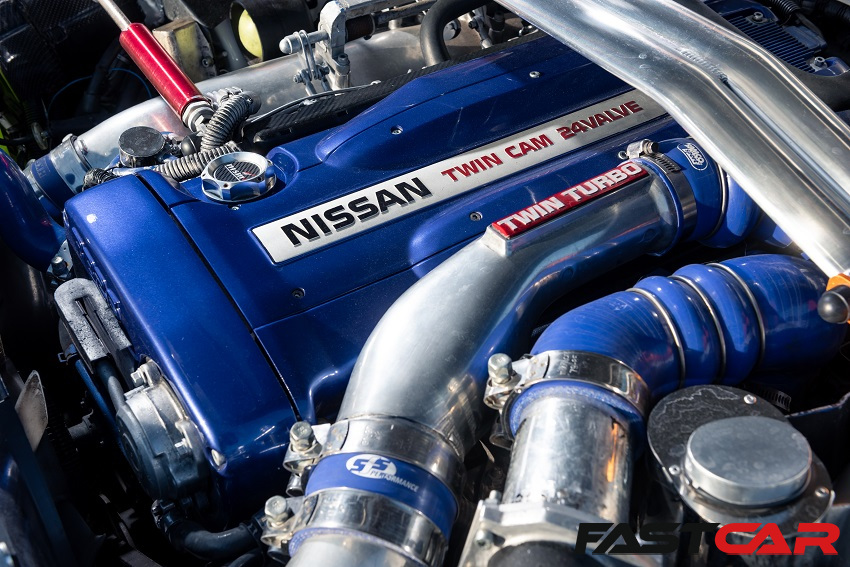
Nissan RB Series Engines
You knew this one would appear on our list of the 10 best Japanese engines to tune, didn’t you? The engine that gave the Nissan Skyline worldwide fame, the RB is a turbo straight six, fitted to R32, R33 and R34 Skylines, as well as a few more unusual vehicles. The three main turbo versions, the RB20DET, the RB25DET, and the RB26DETT have long been known as tuners dreams.
The RB20 is the smallest capacity and lowest power engine of the bunch. It features just two-liters and only 210bhp. But that doesn’t mean it’s the poor relation – far from it. Put a decent size turbo on it and things really come alive. 450bhp and 8,000rpm is possible on standard internals. On the flip side, a fully built engine could achieve 600bhp-plus. And they love to rev too; a big power RB20 revving its nuts off is an incredible sounding engine.
The RB25 is the most common of the RB lumps. It’s found in countless R33 GTSTs and R34 GTTs. As it’s a 2.5-litre turbo that makes an easy 300bhp with really minor tweaks, it’s incredibly popular. It’ll even make a pretty safe 500bhp with a big turbo conversion on standard internals. Although some say the RB25 engine is almost as capable as the RB26 when fully built for mega power, most people tend to stick around the 500bhp mark. This level is achievable relatively cheaply. If done right it has tons of torque and a great powerband.
RB26DETT engine
The RB26DETT is the daddy of the RB engines. It’s the engine found only in R32-R34 GT-Rs. From the offset it was designed to win races. As the engine was designed for Group A Touring Car racing in the late ’80s, most of the standard parts, especially the head, crank, rods, manifolds and intercooler had to be awesome. This was because the race rules meant they weren’t allowed to be changed.
Because of this, these parts are rarely changed below about 650bhp. In fact, some people have even hit the magic 1,000bhp figure on engines running standard internals. While half the world likes to claim their mate has a 1,000bhp Skyline, in reality, that’s an expensive number to hit. But if you can afford it, that’s nowhere near the limit. What is the limit? Who knows.
Check out out guide on how to tune the Nissan RB26DETT engine.
RB30ET
Unusually though, there is another turbo RB, the RB30ET. This was an Aussie-only single cam turbo engine not even found in a Nissan, but in a Holden four-door saloon. Despite having 12 fewer valves and one fewer cam than the other versions, and pushing out less power than even the RB20DET as standard, with a bit of tuning it was soon realized even 1,000bhp was possible. That power also came with massive torque thanks to having the three-liter engine.
The current favored trick in RB tuning is using the RB26 cylinder head with the RB30 block, along with a huge turbo. This gives the huge power RB26s are capable of, but with big RB30 torque. Best of all, for this the RB30 block doesn’t need to come from a turbo version. Non-turbo RB30s can be found in all kinds of places, even old Nissan Patrol 4x4s in your local free ads.
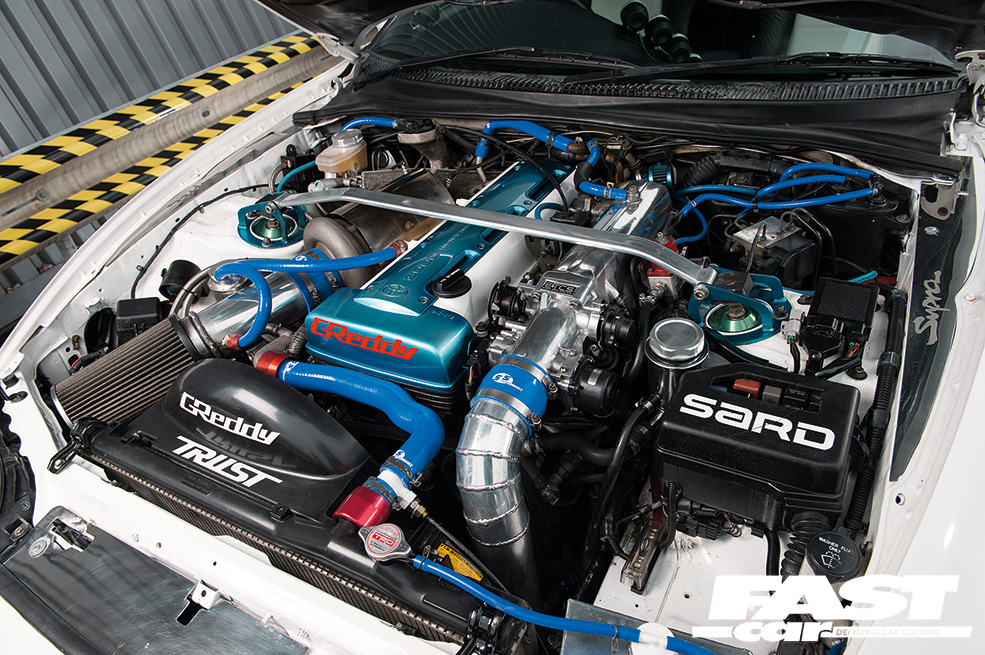
Toyota 1JZ & 2JZ GTE
While the Skyline RB engine was the first turbo straight-six to attract worldwide tuning fame, it’s certainly the Toyota JZ engine that’s the current favorite of tuning fans the world over. While neither turbocharged versions of the JZ are exactly slow from the factory, it’s once you relegate the standard tiny twin turbos to the dustbin and whack on a big single turbo that things really come alive. This is why it features on our list of the 10 best Japanese engines to tune.
2JZ-GTE
The three-liter 2JZ-GTE has gained a lot of its legendary tuning status due to the well-known fact it can produce upwards of 1000bhp on completely standard engine internals. But it gets better than that. Even at the 750bhp mark, a standard 2JZ in good condition with a well specced turbo set-up, will spool up fast and give massive torque. Most importantly though, it will be reliable too.
As full-on race engines, 1,000bhp is only the halfway point for a 2JZ. Upwards of 2,000bhp is deemed capable, and even with far less than 2,000bhp, the results can be incredible. A 2JZ Supra has hit 246mph in the standing mile, over 40mph faster than a Bugatti Veyron over the same distance.

1JZ-GTE
While people going for maximum power regardless of budget always go for the 2J, it’s the 1JZ that people go for when looking for the maximum bang for their buck. Hugely reliable even under extreme abuse, they’re able to make 500bhp-plus and similar torque on standard engine internals with ease. It’s no wonder the 1JZ is a drifters’ favorite. One reason they’re so popular is they’re cheaper and more common than you may think. They’re the engine found in most of the thousands of Toyota Soarers that were imported to the UK. They are now usually found looking pretty unloved on places like eBay and Gumtree. Although recent popularity soars into older Japanese cars has seen the availability decrease.
2JZGE
While the turbo versions are the most popular, don’t ignore the 2JZGE, the non-turbo three-liter lump. Totally unloved in the UK, almost worthless in fact, they hold a secret. One that makes them a lot more popular elsewhere in the world. It’s the fact they are insanely strong. When we say strong, we mean it. The internals are almost the same as the turbo version, and once the thicker turbo-spec head gasket has been fitted, many happily run upwards of 600bhp on turbo converted standard GE engines.
1.5J
Finally, another option is the 1.5J engine. This is a mish-mash of 1JZ head, and 2JZGE bottom end. The reason this is done is usually because somebody’s 1JZ bottom end has failed. Rather than repair it, they simply fitting a standard 2JZGE bottom end .This is cheaper, half a liter bigger capacity and just as strong. As a result, it makes a lot of sense. Contrary to popular myth, a 2JZ head flows better than a 1J, so for insane power, a 2J is still the ultimate. But if you ever blow your 1JZ bottom end up, well we know what we would do.
Fancy a Mk4 Supra? Check out our Supra buyer’s guide for tips!
Honda B Series
While Honda fans worship them, most people don’t understand why the little B Series is considered so special. Well let us tell you. They feature an incredible design for a production engine, both as standard, and especially when tuned.
This is the engine that introduced the world to VTEC. The first B16A pushed out 158bhp from just 1595cc without a turbo or supercharger in sight, and revving to 8,200rpm. It’s pretty amazing numbers for a standard engine even today and this was back in 1989!
As the years went on the little 1.6 got more powerful and the Type R version made a huge 185bhp and revved to 9,000rpm, all while being still just 1,595cc! The B18C is a 1.8-litre version. While not hugely more powerful as standard, ranging from 170bhp to 200bhp, the extra capacity gives a useful increase in torque, magnified once you get tuning.
So while the VTEC B Series lumps are works of art, that’s not what this feature is about. The fact they can create ridiculous amounts of power is why they’re here!
The amount of tuning parts and knowledge available on the B Series is unbelievable. While power increases are possible with N/A tuning, the fact they’re so highly tuned from the factory means when you turbocharge them they really come alive.
Upwards of 500bhp has been achieved with just bolt-on turbo kits with B18s. And as countless cars in the USA have proven, fully built engines can push out insane numbers. The fact there’s B Series front-wheel drive Civics in the USA running 8 and even 7-second quarter-miles at well over 180mph says it all!
Nissan VR38DETT
It usually takes a long time for an engine to get tuned to big power. But despite people saying it would never be as tunable as the RB26 (in GT-Rs), the VR38DETT – the 3.8-litre twin turbo V6 from the Nissan GT-R – was being tuned to four-digit power figures within a year of release, cementing its place on our list of the best Japanese engines to tune.
The VR38 is a tuner’s dream. Starting at upwards of 500bhp as standard, over 600bhp is possible on the standard turbos, 750bhp is considered safe on standard internals. And the maximum power possible? Well, upwards of 2000bhp is achievable… And just in case 3.8 liters isn’t enough for you, there are stroker kits available that can take the engine right up to 4.6 liters!
While they’re fitted as standard in the Nissan GT-R, we’ve seen them fitted to Nissan Silvias and Skylines, along with conventional manual gearboxes. It has to be up there as the ultimate engine swap. So, what are you waiting for!?
Be sure to check out our Nissan GT-R R35 tuning guide for advice.
Nissan SR20DET
The SR20DET is one of the most commonly tuned 2-litre turbo engines worldwide, with gazillions of parts available. But why is it so popular and tunable?
While it’s not groundbreaking, what it does, it does well, giving great bang for the buck. With just over 200bhp as standard, the engines aren’t anything to write home about from the factory. But even really mild tuning takes the power to around 270bhp, which totally transforms a car. And if tuned properly, 400bhp is safe on good condition standard internals.
While it’s not as common to see big power SR20s as it is some other 2ltr lumps, fully built engines fitted with the ultra high flowing VVL cylinder head from JDM-only SR16VE and SR20VE engines have pushed these engines to well over 700bhp. Some over 1,000bhp…
Mazda RX-7 Rotary
While the Mazda Rotary engine is very unusual and needs specialist experience to tune it with success, one of these engines tuned correctly is almost unbeatable, which is why it’s here on our list of the best Japanese engines to tune. They’re banned from the Le Mans 24hr because no piston engine could keep up!
Their relative tiny size means they can pack a hell of a punch in a small space, with even a quad rotor engine being no longer than a typical straight six, despite giving the kind of grunt you’d expect from a big V8.
Not only are they powerful for their small size, their design means they rev fast and hard. The free spinning feeling is like a superbike engine rather than a typical piston lump. While over 150bhp per rotor is possible naturally aspirated, which is a huge amount, once you add a turbo, it’s easily 350bhp per rotor, and more like 500bhp per rotor in full-on drag race engines.
Almost no engine lends itself to turbocharging as well as the Rotary. Their design gives very strong, and hot, exhaust pulses, so they can spool big turbos easily. A typical twin-rotor RX-7 engine can spool turbos as easy as a big 3ltr piston lump and three and four rotor engines put V8s to shame in the turbo spooling department.
Best of all, due to the modular nature of the rotary engine, if you have the money and skills, creating a bigger rotary engine just involves bolting more rotors on. This is, after all, how most quad rotors are made, we even featured a six-rotor RX-3 in FC a little while back…
Toyota 1UZ
While some road car engines are turned in to race engines, the Toyota 1UZ V8, usually found plodding away in various 1990s Lexus vehicles, was designed as a race engine, and then converted to road use.
Toyota spent around $30 million in the late ’80s developing the 1UZ with the intention of using it as a race engine for Le Mans and Japanese GT racing. However, the rules of the classes they planned to run it in were changed, making the engine surplus to requirements. So it was heavily de-tuned and fitted to various low revving luxury cars instead.
The story might sound hard to believe, but once you start to take the engine apart it all makes sense. As well as being incredibly light for a V8 – less than many 2ltr engines in fact – it really does look like a race engine when you see the design of it and can happily rev to 8,000rpm on standard internals. Incredible for a production V8 lump, which is why it features in our 10 best Japanese engines to tune.
With the restrictive intake and exhaust set-up swapped for individual throttle bodies and tubular manifolds, and four lumpy cams fitted, over 400bhp naturally aspirated on the standard bottom end has been achieved. Even in endurance race spec, designed to last 24 hours flat out, they can produce well over 500bhp without a turbo in sight – and rev to over 10,000rpm too. Not too shabby.
Just like any engine, they really come alive with the addition of boost and 600bhp plus on standard internals is considered quite safe. People have run over double that on fully built engines for high miles with no problems at all.
Mitsubishi 4G63
Found in the first nine generations of the Mitsubishi Lancer Evolution (the Evo X has a 4B11T engine), the 2-litre turbo 4G63 lump is considered one of the most tunable four-cylinder engines ever made. It’s deserved of its place on our list of the best Japanese engines to tune.
Designed from the outset with rallying in mind, the engine is hugely strong. It’s easily tunable using standard components to conform with Group N and Group A rally rules. This requires many standard parts, including intercooler, manifolds, general turbo size, and a lot of engine internals.
Because of this, all 4G63s came with a massive front mount intercooler from the factory and an impressively big turbo – later versions came with a ultra-trick twin scroll turbo set-up with twin wastegates, some capable of well over 400bhp.
While the standard turbo takes you a long way, there’s almost endless big turbo kits, stroker kits, dry sump conversions, even twincharger kits available, meaning you can run a supercharger and a turbo. Check out the twincharged Evo in the photo above!
Where’s the limit? Well, more power is able to be made than could realistically be put to the tarmac. But 2,000bhp has been claimed by certain methanol fueled monster 4G63s…
Subaru EJ Series
The Subaru EJ series turbo engines, with their unusual flat (or boxer) four cylinder layout and distinctive exhaust note, have been hugely popular in the tuning scene for around 20 years now – and they seem to be getting more powerful all the time. It almost had to feature in our list of the 10 best Japanese engines to tune.
The flat four engine can make access to certain parts of the engine a pain at times. But the huge success of the EJ in all forms of motorsport proves its worth when tuning. With capacities from 2-litre to 2.5-litre as standard, and stroker kits allowing as much as 2.7-litre, it’s a big engine for just four cylinders. But regardless of your capacity (most of the biggest power ones are around 2.2-litre), big power is certainly possible.
While changing the exhaust manifold to fit big turbos is a difficult and expensive task on these engines, thankfully a huge range of Impreza specialists produce direct replacement hybrid turbos, some capable of upwards of 500bhp. A lot of power in anyone’s books, and a level some people have pushed standard internals too!
For a fully built engine, upwards of 800bhp has proven reliable even with hard track use, and we’ve seen claims of over 1,400bhp from EJ-powered drag monsters. There’s no doubt the Impreza lump is up there with the four cylinder greats… Looking to tune your EJ20? We’ve put together a GC8 tuning guide just for you…
Honda K20
The high-revving, happy-go-lucky nature of the K20, alongside its likeness for forced induction is why it had to feature on our list of the best Japanese engines to tune. Though there’s much debate in Honda circles about it, overall, the 2-litre K20 (as found in the EP3 and FN2 Civic Type Rs and the DC5 Integra Type R), is considered the best production engine Honda have made. The newer 300bhp-plus turbo FK2 and FK8 Type R comes with a K20 based engine. Again, it’s tuneable.
Surprisingly for an engine that leaves the factory in such a high state of tune, even in naturally aspirated form there’s a lot more power to be had. With the 2.4-litre K24 bottom-end bolted on, and 2.6-litre stroker kits available too, well over 300bhp, even with great torque and road manors, is perfectly possible. And this is without resorting to a turbo or supercharger.
While the standard internals are not weak, and people have still managed 500bhp-plus from stock K20s with turbo conversions, the conrods are the weak point. So for big power turbo motors, you need to delve into the internals and fit forged pistons and steel rods.
Once fully built with uprated internals, the K20 is an incredible piece of kit whether naturally aspirated, supercharged, or turbocharged. The clever VTEC head means drivability is fantastic compared to most other engines of the same capacity and state of tune.

